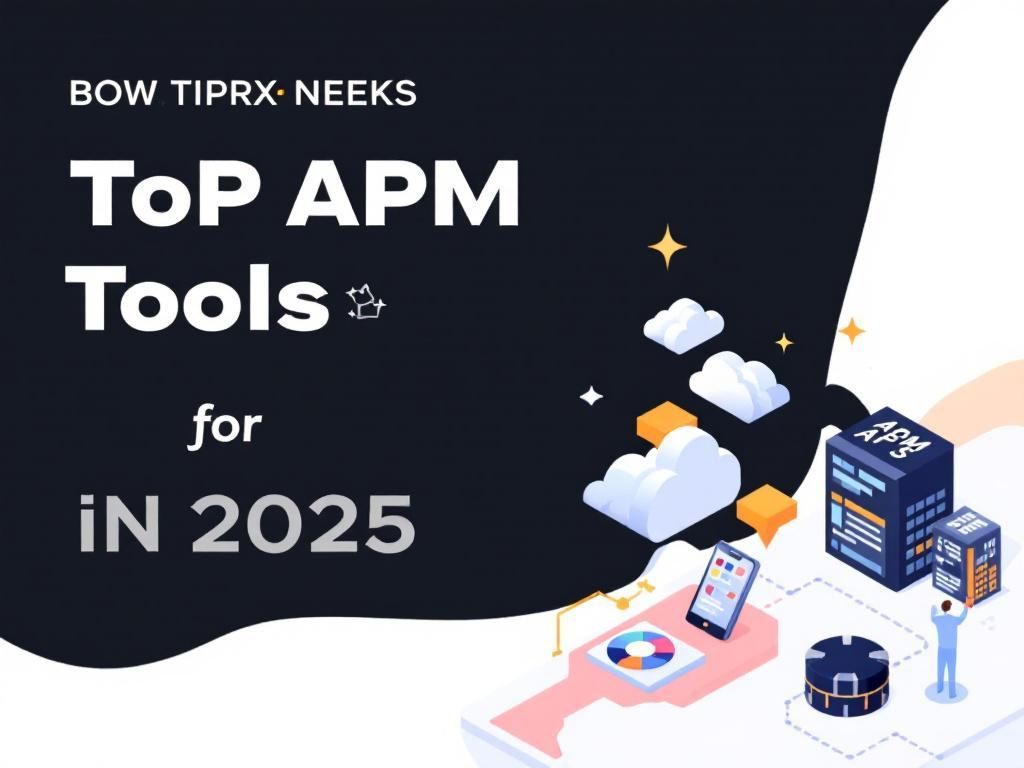Modernize Your Legacy Apps for 2025 Success
Transform your outdated applications into modern solutions ready for 2025 success with these essential strategies.

As the tech landscape evolves, businesses are increasingly confronted with the challenge of modernizing their legacy applications. These applications, which were once the backbone of operations, often become outdated, inefficient, or incompatible with new technologies. To thrive in the competitive market of 2025 and beyond, organizations must adopt innovative strategies to rejuvenate these crucial assets. This article delves into methodologies, tools, and best practices for modernizing legacy applications, ensuring they remain relevant in a fast-paced technological environment.
Table of Contents
Understanding Legacy Applications
Legacy applications refer to software systems that are critical to an organization’s operations but are based on outdated technologies. These applications may still perform essential functions, yet they often come with significant limitations:
- High maintenance costs
- Incompatibility with modern hardware and software
- Difficulty in integrating with new systems
- Limited support from vendors
Organizations must recognize the risks associated with continuing to rely on these systems, such as security vulnerabilities and reduced efficiency.
Benefits of Modernizing Legacy Applications
Modernizing legacy applications can yield numerous benefits, including:
- Enhanced Performance: Improved speed and reliability through updated technology.
- Cost Reduction: Lower operational costs by minimizing maintenance and support expenses.
- Scalability: Ability to expand and evolve with changing business needs.
- Improved User Experience: Modern interfaces and functionalities that meet user expectations.
- Integration Capabilities: Seamless connection with other modern applications and platforms.
Strategies for Legacy Application Modernization
There are several strategic approaches to modernizing legacy applications, each with its own advantages and considerations:
1. Rehosting
Also known as “lift and shift,” rehosting involves moving applications from on-premise environments to the cloud. This strategy is often the quickest and least disruptive.
2. Refactoring
This approach involves rewriting parts of the application to improve its architecture without changing its functionality. It can result in better performance and easier integration with modern systems.
3. Replacing
In some cases, it may be more effective to replace a legacy system with a new application that meets current business requirements. This strategy can be costly but often offers the best long-term benefits.
4. Retiring
If certain legacy applications are no longer necessary, organizations may choose to retire them altogether, reducing maintenance overhead.
Choosing the Right Modernization Method
Deciding on the best modernization method requires careful consideration of several factors:
| Factor | Consideration |
|---|---|
| Business Objectives | Align modernization strategies with overall business goals. |
| Cost | Assess budget constraints and forecast long-term savings. |
| Technical Debt | Evaluate the complexity of the current architecture. |
| User Impact | Consider how changes will affect end-users. |
Key Technologies for Modernization
In the quest to modernize legacy applications, several technologies play a pivotal role:
1. Cloud Computing
Cloud platforms such as AWS, Azure, and Google Cloud enable organizations to host modern applications, providing scalability and flexibility.
2. Microservices Architecture
This architectural style facilitates the development of applications as a suite of small, independent services that can be deployed and scaled individually.
3. Containerization
Using technologies like Docker and Kubernetes, organizations can package applications and their dependencies into containers, streamlining deployment and improving consistency.
4. APIs
Application programming interfaces (APIs) enable different software components to communicate, facilitating integration between legacy systems and modern applications.
Challenges in Modernizing Legacy Applications
While modernization offers significant benefits, organizations may face challenges such as:
- Resistance to Change: Employees may be accustomed to legacy systems and resistant to learning new technologies.
- Data Migration: Transferring data from legacy systems to new platforms can be complex and prone to errors.
- Integration Issues: Ensuring new applications work seamlessly with existing systems can be a significant hurdle.
Best Practices for Successful Modernization
To overcome these challenges and ensure a successful modernization effort, consider the following best practices:
- Conduct a thorough analysis of existing systems to understand their architecture and dependencies.
- Establish clear goals and metrics to measure success throughout the modernization process.
- Engage stakeholders from across the organization to gather requirements and build buy-in.
- Start with a pilot project to identify potential pitfalls and refine the approach before scaling up.
- Invest in training and support to help employees adjust to new technologies.
Case Studies of Successful Modernization
Many organizations have successfully modernized their legacy applications, resulting in significant improvements:
Case Study 1: Financial Institution
A major bank transitioned from a monolithic legacy system to a microservices architecture, improving transaction processing times by 50% and reducing operational costs by 30%.
Case Study 2: Retail Giant
A retail company replaced its outdated POS system with a cloud-based solution, enhancing the customer experience and accelerating checkout times.
The Future of Application Development
As we move toward 2025, the future of application development promises even more exciting advancements:
- Artificial Intelligence: AI will play a large role in automating development and testing processes.
- Low-Code/No-Code Platforms: These platforms will empower non-technical users to create applications, leading to greater innovation.
- Continual Evolution: Businesses will adopt a mindset of continuous improvement, enabling them to respond swiftly to changing market demands.
Conclusion
Modernizing legacy applications is not merely a technological upgrade; it is a strategic imperative for organizations seeking to remain competitive in 2025 and beyond. By leveraging the right strategies, technologies, and best practices, businesses can breathe new life into their legacy systems, unlocking new opportunities for growth and efficiency. As technology continues to evolve, embracing modernization will be key to future success.
FAQ
What are legacy applications and why should they be modernized?
Legacy applications are outdated software systems that may no longer meet current business needs. Modernizing them can improve efficiency, enhance security, and ensure compatibility with new technologies.
What are the benefits of modernizing legacy apps?
Modernizing legacy apps can lead to improved performance, reduced maintenance costs, better user experience, and increased agility in adapting to market changes.
What strategies are effective for modernizing legacy applications?
Common strategies include replatforming, refactoring, rewriting, and replacing legacy systems with cloud-based solutions.
How can businesses assess which legacy applications need modernization?
Businesses can assess legacy applications by evaluating their performance, user feedback, integration capabilities, and alignment with current business goals.
What role does cloud technology play in legacy application modernization?
Cloud technology offers scalability, flexibility, and cost-efficiency, making it a key component in modernizing legacy applications by enabling easier integration and deployment.
How can companies ensure a smooth transition when modernizing legacy applications?
Companies can ensure a smooth transition by conducting thorough planning, involving stakeholders, using agile methodologies, and providing adequate training for users.

